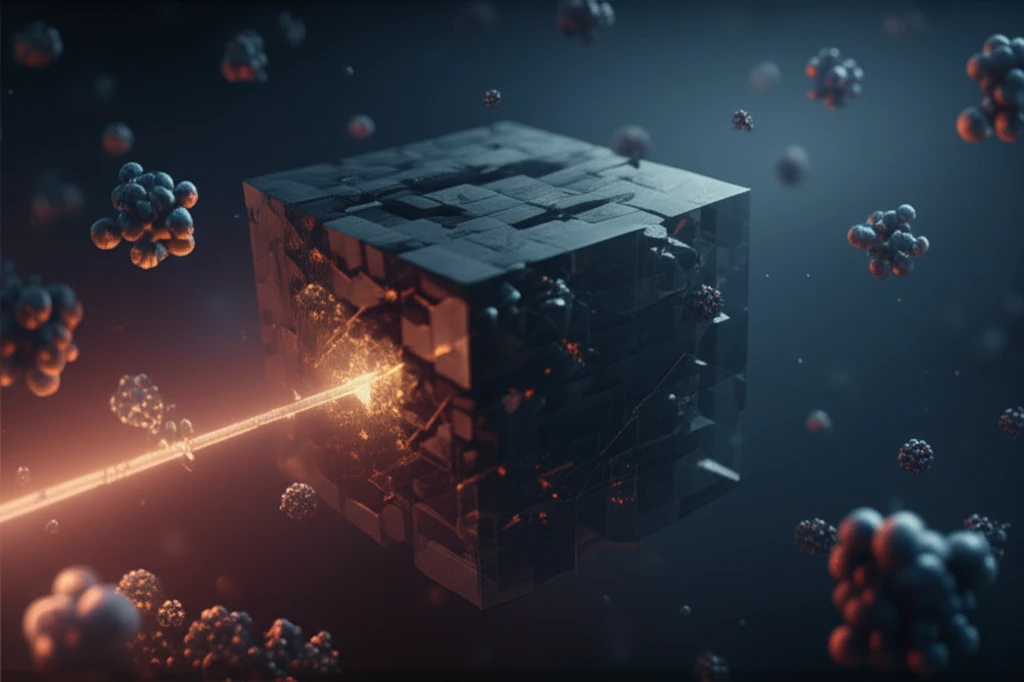
Decoding XUV Lasers: Are We on the Verge of Transparent Materials?
"New research explores induced transparency in extreme ultraviolet (XUV) interactions, potentially revolutionizing material science and laser technology."
Imagine a world where materials could become temporarily invisible to certain types of light, allowing us to control and manipulate light and matter in unprecedented ways. While it sounds like science fiction, recent research into extreme ultraviolet (XUV) lasers is bringing this possibility closer to reality. Scientists are exploring the phenomenon of induced transparency, where materials that normally absorb light can become temporarily transparent when exposed to specific laser pulses.
The implications of this research are far-reaching, potentially impacting fields ranging from advanced materials science to the development of new laser technologies. Understanding how materials interact with XUV lasers at the atomic level is crucial for unlocking these possibilities.
A new study published in the Journal of Physics Communications investigates the induced transparency effect in XUV interactions with rare-gas clusters. This research offers valuable insights into the fundamental processes governing laser-cluster interactions and could pave the way for future breakthroughs in the field.
XUV Lasers and Material Interactions: Understanding Induced Transparency

To fully appreciate the significance of this research, it's essential to understand the basics of XUV lasers and how they interact with matter. XUV light occupies a region of the electromagnetic spectrum between ultraviolet light and X-rays. These lasers emit extremely short pulses of high-energy photons, making them ideal for probing the behavior of matter at the atomic and molecular level.
- Photoionization: The primary interaction, where XUV photons eject electrons from atoms.
- Collisional Ionization: Secondary ionization events caused by collisions between electrons and ions in the plasma.
- Plasma Formation: The creation of a dense, ionized environment with complex interactions.
- Recombination: The process where ions recapture electrons, reducing the overall charge state of the plasma.
The Future of XUV Laser Research: Potential Applications and Continued Exploration
The research on induced transparency in XUV laser interactions is still in its early stages, but it holds immense potential for future applications. Further exploration of these phenomena could lead to breakthroughs in advanced materials science, laser technology, and our fundamental understanding of light-matter interactions. As scientists continue to probe the behavior of materials under extreme conditions, we can expect even more exciting discoveries in the years to come.
